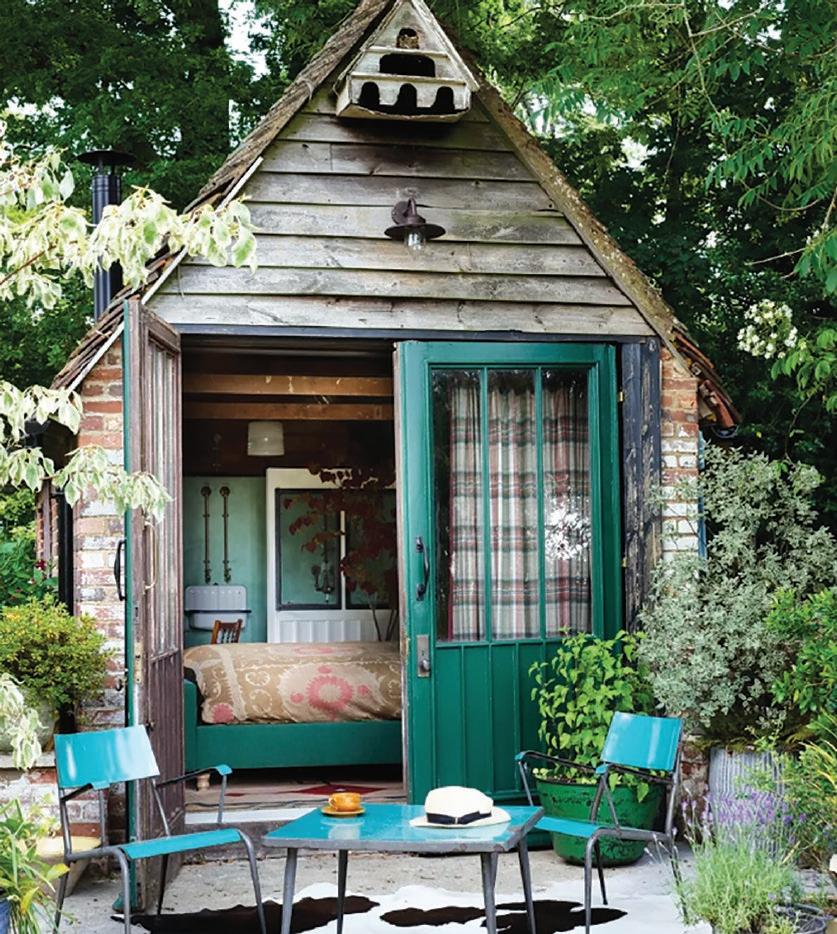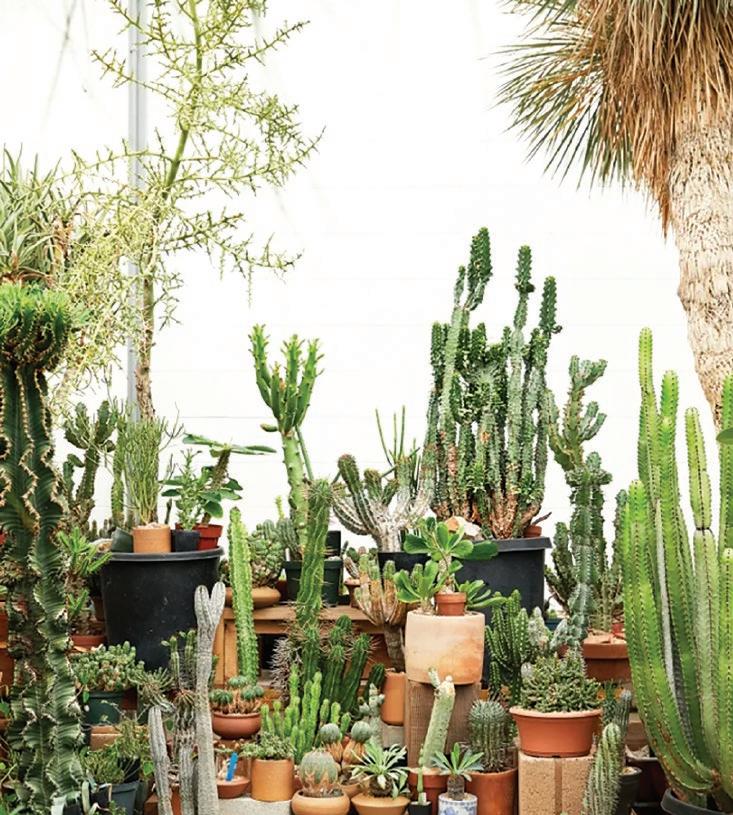
3 minute read
Interior Design Trends
You Will See Everywhere in 2023
A Burst of Colour
So long, cottagecore. Tomorrow’s designs are all about brilliant color, off-kilter plants, and a strong sense of personal style.
What’s more emblematic of a zest for life than a vibrant color palette? White and neutral interiors are falling out of favor for more cheerful hues, even if they just appear in accents. In 2023 it will be important add contrast, warmth and dimension to white spaces so as not to feel clinical. To avoid any hospital like vibes. People are opting for warm chestnut or saturated ‘lived-in colour’ in decor, rugs and pillows to add elements of coziness and dimension. We are seeing the warm side of the palette bursting forth in a range of calming corals, balmy apricots, gracious russetts, and even zesty oranges, according to Patti Carpenter, principal and global trend ambassador at Carpenter + Company.
For those who still like to keep things a little more subtle, Carpenter also predicts the rise of nuanced, pale shades of blue and green that read closer to whites. “These represent a new way of working with color,” she says. “They are more sophisticated and create the base for new palettes that will provide us fresh canvases on which to paint our contemporary stories.”
Mad for master craftsmanship
We’ve all had plenty of time over the past couple of years to really get to know our furniture intimately – flaws included. That trained eye, along with a general yearning for more sustainable options, has led to a revolt against mass production. “Throwaway items, and the heavy use of fossil-fuel and petroleum-based materials like hard and shiny virgin plastics, seem completely wrong in this age,” says Anna Starmer, founder of the biannual forecast publication Luminary. “The era of ‘bling’ is over, as we see luxury being stated in more subtle and natural ways.”
Carpenter agrees that cookie-cutter design is falling away. “Influencing these trends is the move towards personalization and self-expression and the need to voice our values through our purchases,” she says. “Variety and variation is very exciting.’’ Master craftsmanship is being more highly valued and all of this adds a wonderful warmth to where we spend our time.”
Old is new again
The penchant for master craftsmanship is also driven by a desire for individual expression, as consumers are no longer interested in coordinated spaces and matching furniture sets. They prefer to simply incorporate unique pieces, heirlooms or thrifted finds that they love into their spaces. There is empowerment in finding and owning your personal style, especially in interiors. Starmer says


the burgeoning interest in vintage and reused furniture is a hopeful shift. “This trend is expected to rise and rise, as we see shopping for second life goods as both a design-savvy and environmental choice to make.” Among the most creative examples she’s recently seen are vintage shop counters and haberdashery units as kitchen islands and antique French linen sheets dyed with bark and roots to create curtains and bed throws. “The confident home designer is mixing up the styles, vintage wooden furniture with recycled stone surface added, or vintage seating recovered in modern printed fabrics,” she adds.

Biophilia reconfigured
The past few years saw us clinging to as many interior greenery elements as possible, from botanical patterns to statement plants. Now, that passion still runs deep but is morphing into something different.
“[Though] biophilia is still important, this year’s trends are less inspired by lush nature but instead by the irregular and imperfect,” Smecker says. “This trend celebrates desert landscapes, mineral shades, mossy greens, and raw, unfinished textures.” It’s also given rise to an exciting new material palette. Material designers are now communing directly with the intelligence of nature. Groundbreaking brands are speaking the language of the land, discussing biodiversity and insect populations, permaculture, and the harmonious integration of fiber, farming, and food. Fabrics are being developed from orange skins and rose stems, and we are working in harmony with mycelium, clay, fungus, grape skin, dried peel, pineapple skin, brick, earth, shells, kelp, blood, pig skin, and petals.
Maybe we won’t see it in 2023 but, perhaps, one day our decor will be dictated by our compost bins?










